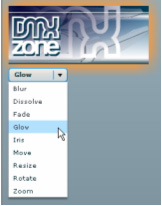When you were young, did you enjoy going to the toy store so that you could look at all those toys in boxes? At the time, you probably didn’t realize that the package was part of what held your fascination. Packaging is both inviting and prohibitive – it invites the consumer to desire its contents, yet it prohibits the consumer from touching the actual product. In this article, Linda defines packaging, and teaches you – the aspiring Creative or Art Director – what packaging entails.
The Portfolio Project: Product Label
PORTFOLIO PROJECT: Packaging for Wine Label Project. Now that you’ve created a wine label and have that product ready for your portfolio, the next step is to create a promotional box, or package, for that wine product. But, you aren’t limited here – the ideas and methods that I’ll cover in this tutorial apply to all packaging projects that you might encounter.
TOOLS: Graphical software – if you own a copy of a 3D graphic program, all the better to render boxes and containers in three dimensions. If you don’t own this type of software, don’t despair. Perhaps the best way to learn about packaging is the down-and-dirty hands-on method, where you actually build the package and photograph the result for your portfolio.
WHAT YOU’LL ACCOMPLISH: This task will invite you to think about how products are packaged for the consumer. Hopefully it will make you more aware of the possibilities, trends, and limitations provided by shelf presence, consumer ability to comprehend provided information, and the importance of colour, shape, and other elements and principles of design that are entailed in packaging projects.
Read More 